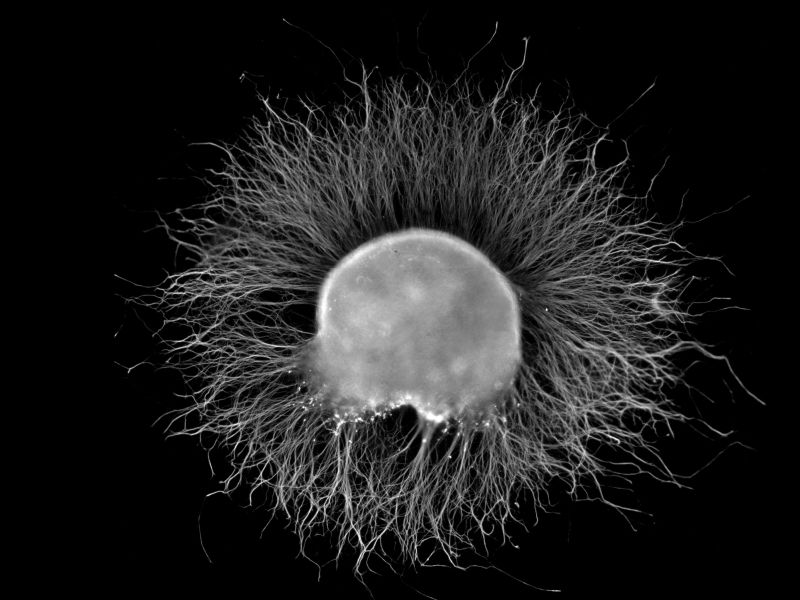Ganglion
 From Wikidoc - Reading time: 1 min
From Wikidoc - Reading time: 1 min

Editor-In-Chief: C. Michael Gibson, M.S., M.D. [1]
Overview[edit | edit source]
In anatomy, a ganglion (pl. ganglia) is a tissue mass, composed mainly of somata and dendritic structures, that often interconnects with other ganglia to form a complex system of ganglia known as a plexus. Ganglia provide relay points and intermediary connections between different neurological structures in the body, such as the peripheral and central nervous systems.
There are two major groups of ganglia: dorsal root ganglia (also known as the spinal ganglia) and autonomic ganglia. The former contains the cell bodies of sensory (afferent) nerves and the latter contains the cell bodies of autonomic nerves.
In the autonomic nervous system, fibers from the central nervous system to the ganglion are known as preganglionic fibers, while those from the ganglion to the effector organ are called postganglionic fibers.
In the brain, basal ganglia is a group of nuclei interconnected with the cerebral cortex, thalamus and brainstem, associated with a variety of functions: motor control, cognition, emotions and learning.
Related Chapters[edit | edit source]
 KSF
KSF